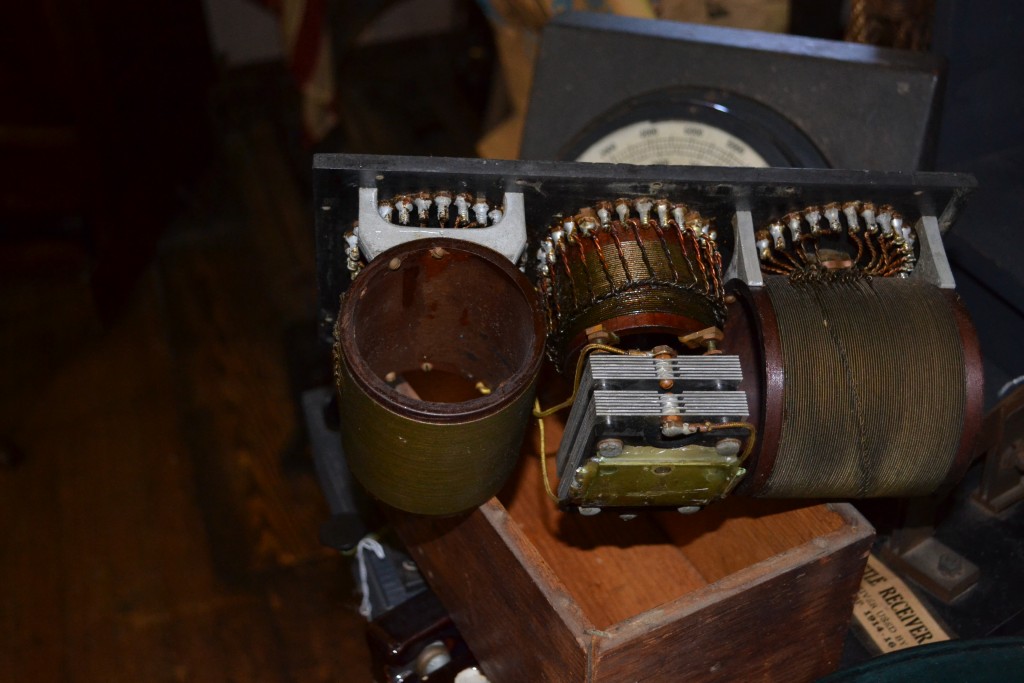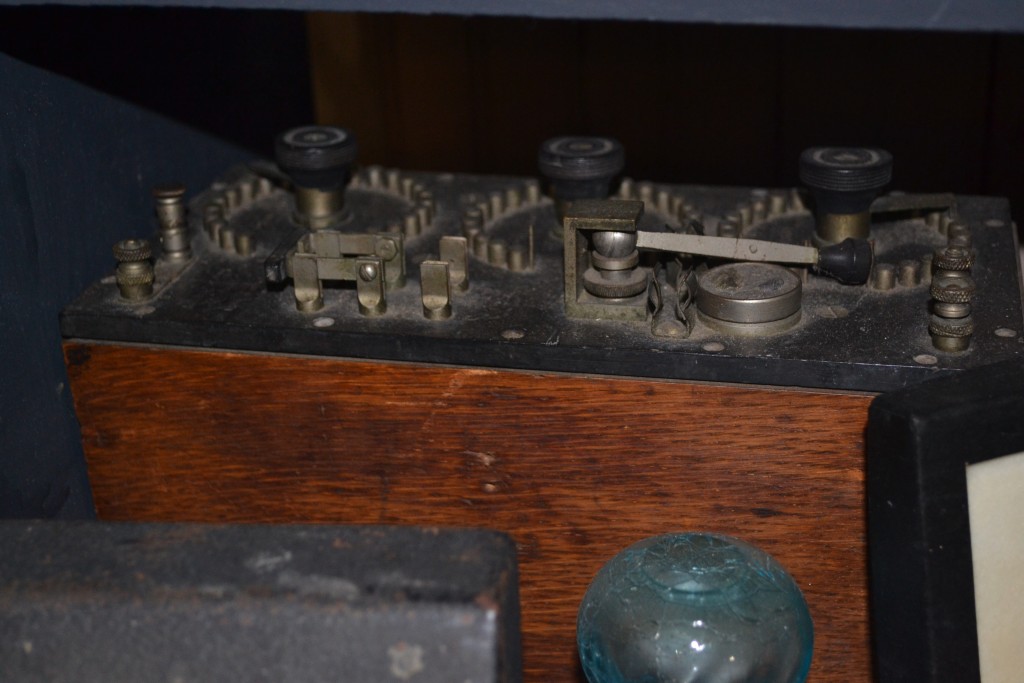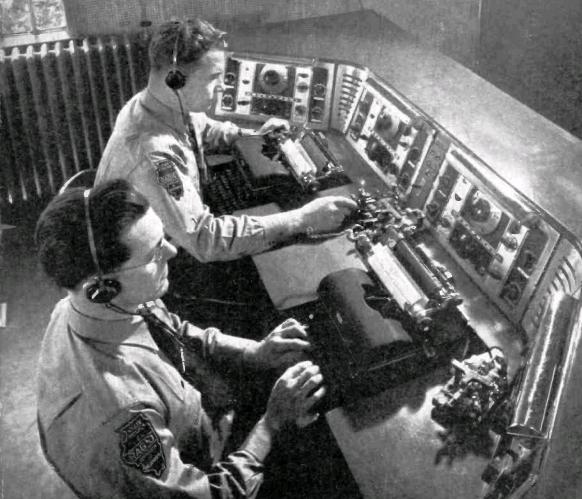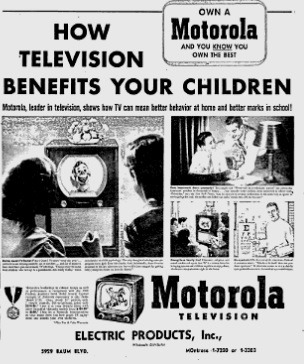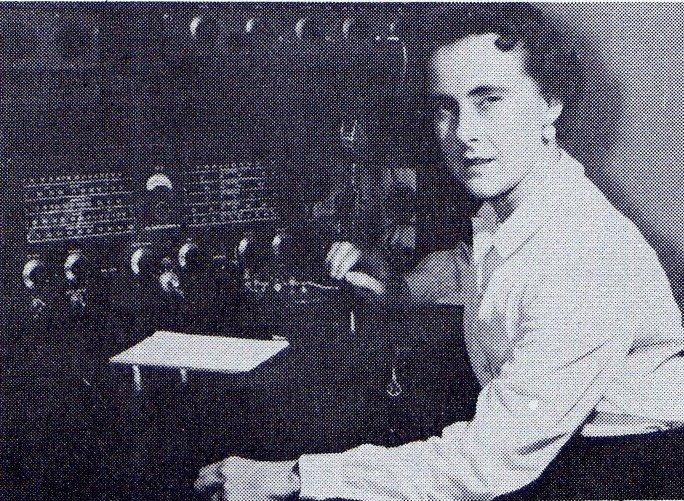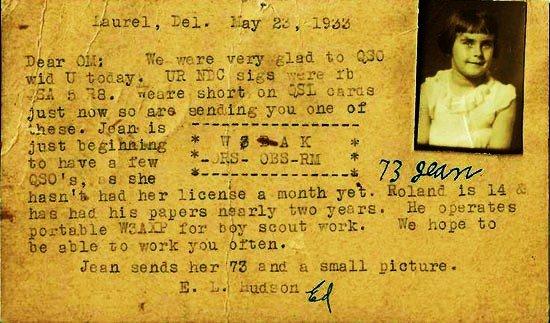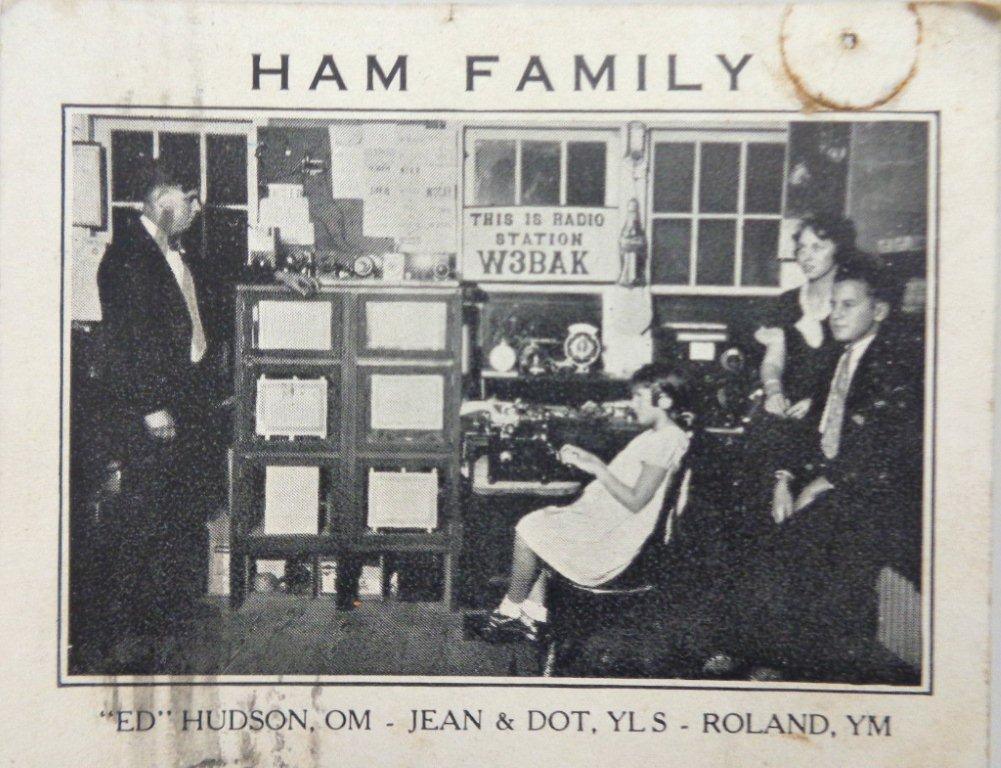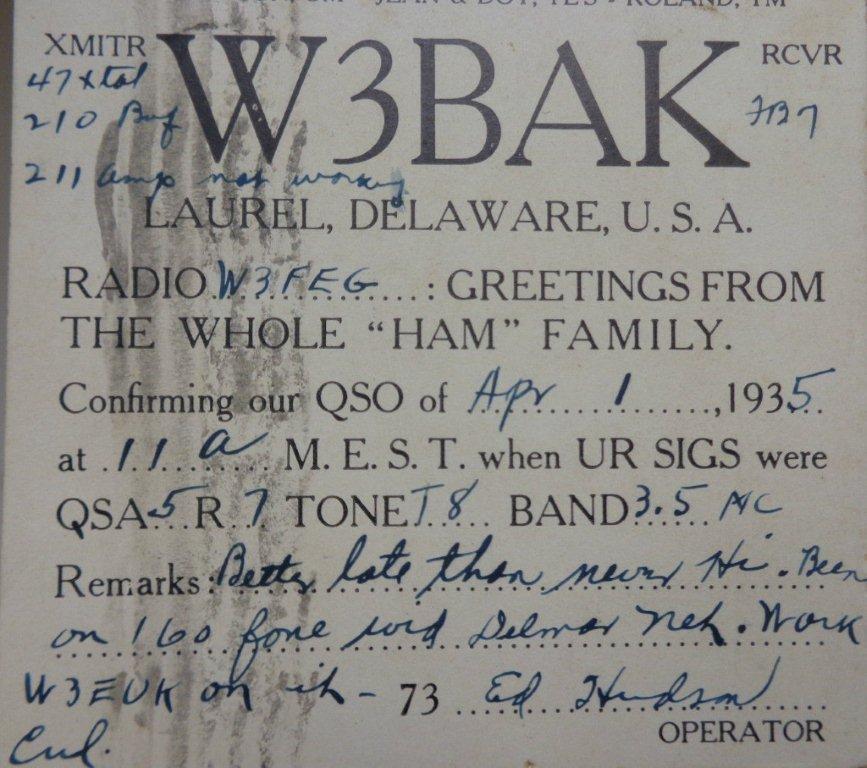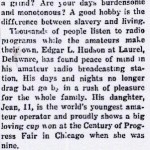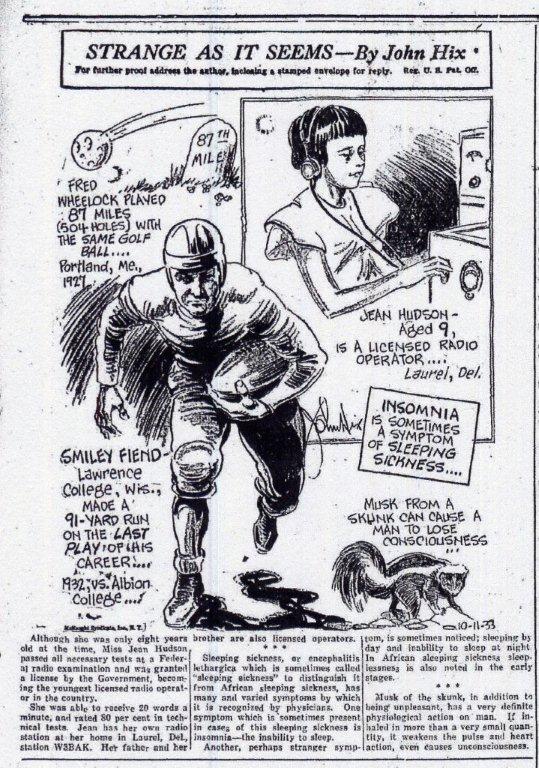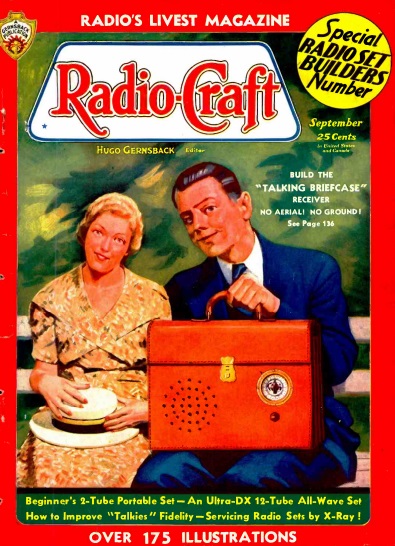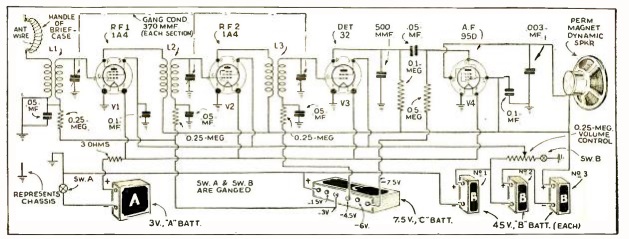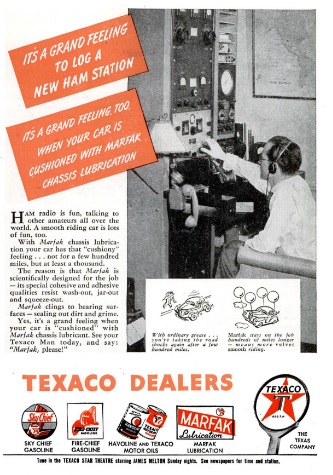
This ad for an interesting piece of test equipment appeared 60 years ago in the September, 1956, issue of Radio Electronics magazine.
It shows an early pattern generator for the TV serviceman, the Model 1000 Dyna-Scan video generator from B&K Manufacturing Co., 3726 N. Southport Avenue, Chicago. The device was quite ingenious, and had a number of applications besides service.
The principle of operation was quite simple. The image which was to be converted to video was printed on a transparency. This could contain the test pattern or bar or dot patterns that were included with the unit. The transparency was placed in front of a CRT which served as a “flying spot” generator, in much the same way as a “flying spot” was employed by some early mechanical television systems.
Since the CRT did the scanning, a 931A photomultiplier tube placed on the other side of the transparency would pick up the video signal, synched with the scanning of the CRT. This model apparently used the ultraviolet images emitted by the CRT, so it appears to function even with the tube exposed to other light. Images of one of these in operation can be seen at this link.
The unit could also transmit an audio signal, and had a built-in RF modulator which could be tuned to any VHF channel.
Because the unit was a relatively low-cost method of generating a TV signal, it had other uses besides the serviceman’s shop. It could be used at the head end of a community antenna TV system to send an audio or video signal. Since any message could be put on the transparency, this allowed video announcements to be transmitted. It was also billed for use as a paging system for use in a hospital or similar application. Messages could be written on a transparency, and viewed by a standard television elsewhere in the building.
The device sold for $199.95, but the advertisement also showed a less expensive version. For $69.95, you could buy the Model 950, which included the pickup and RF generator only, but without the CRT. This could be used along with a “properly modified 10-inch TV set which acts as your external flying spot scanner.” This version also came with a set of three transparencies.
Some good pictures showing the device in operation can be found at this link, and some more pictures and a schematic can be found at the Radio Museum.
Click Here For Today’s Ripley’s Believe It Or Not Cartoon

![]()


